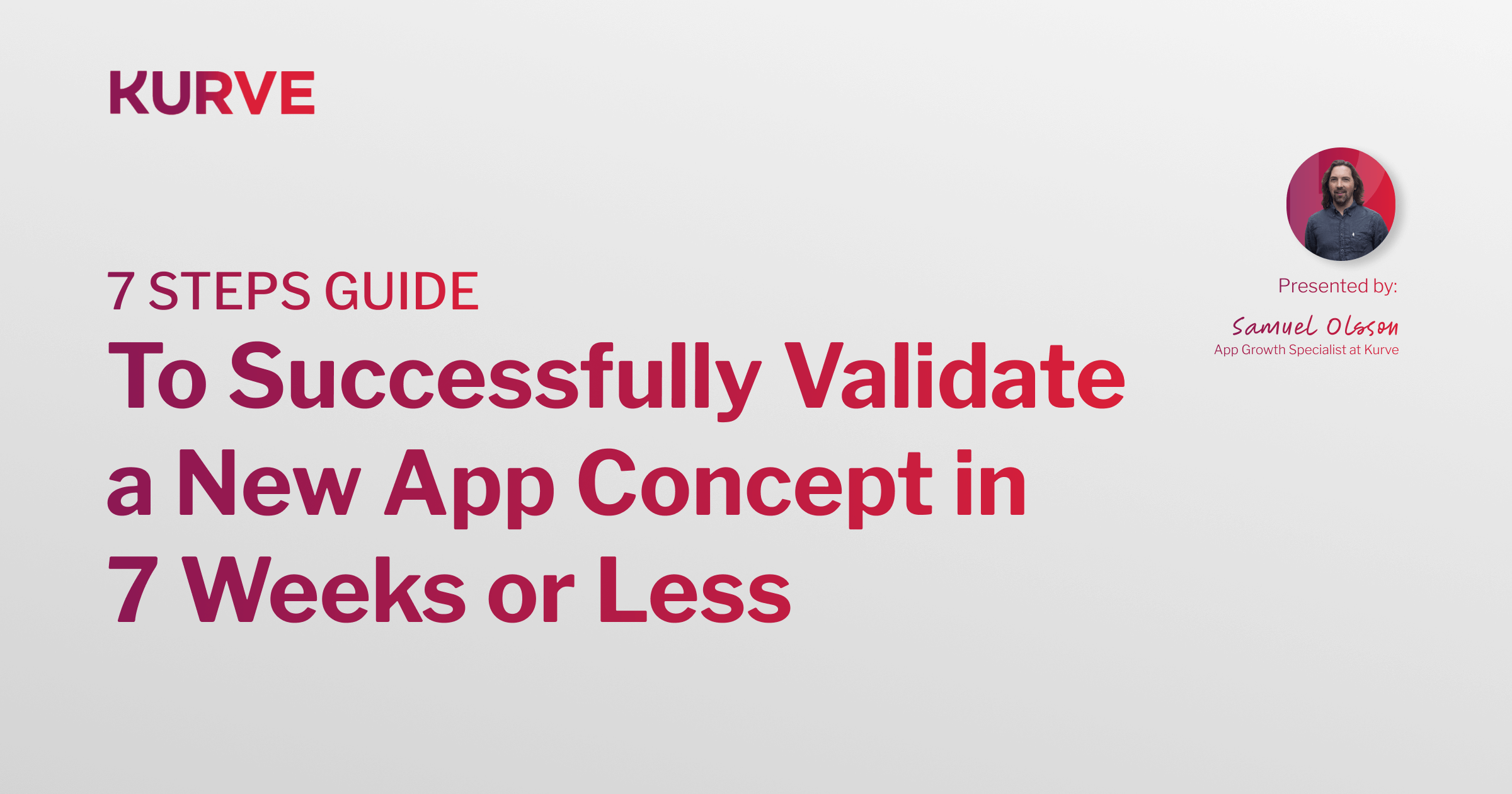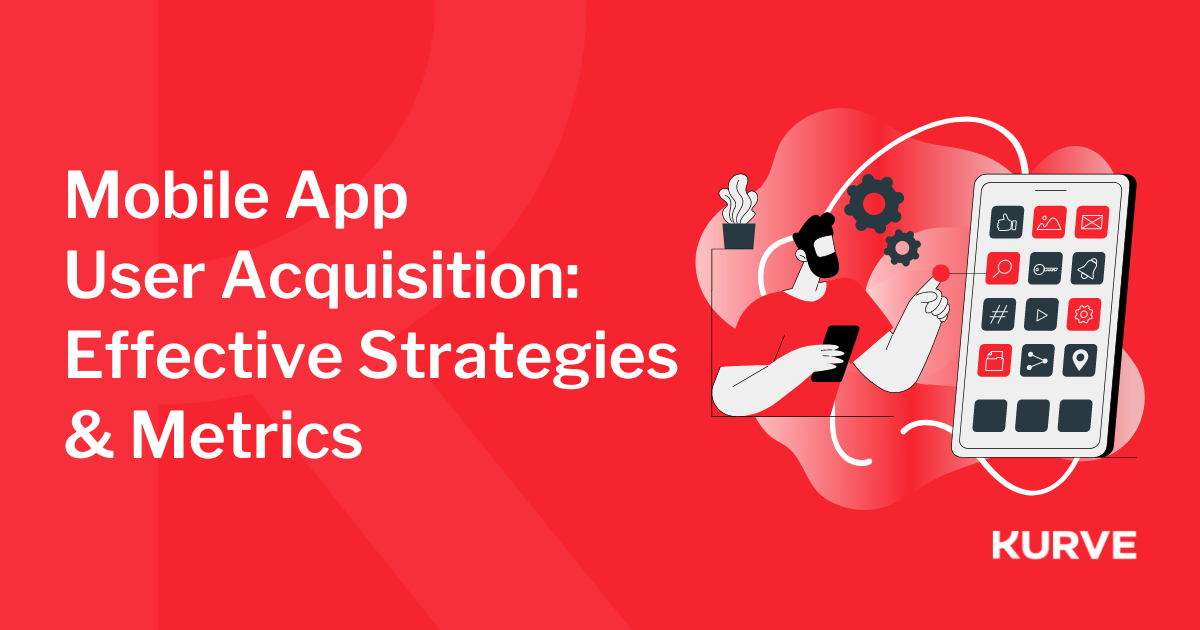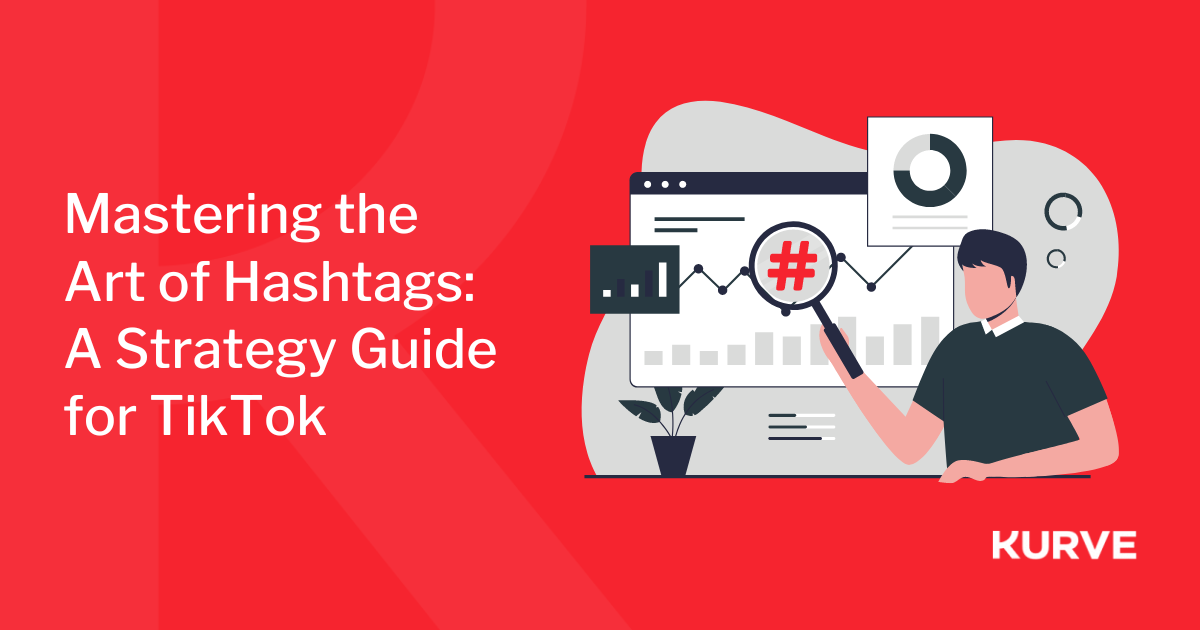Building a Brand: 7 Common Misconceptions
7 Misconceptions About Brand-building
I’ve worked with big brands and small brands at the most critical stages of their development. This experience has highlighted a number of mistakes and misconceptions about the brand-building process. In this article, I will highlight seven of the most common errors that startup founders make when building a brand from scratch. From the focus on aesthetics and ethos to an obsession with product features, there are many areas given false prominence in the brand-building process.
1. “Ethos and beliefs are EVERYTHING.”
Founding teams often believe that building a brand is solely about meaningful investment in ethos, message, visual style, concepts, and taglines. Whilst these are credible considerations , I believe that brand-building is more about exposure and relevance to the target audience at hand . This involves a shift in thinking, from “I believe” to “what this does for you”, whilst capturing as many eyeballs as possible. It’s popular to think that you “buy what you believe”. This is certainly true (loads video), but only to a limited extent. If you visit the website of a top 10 brand, it’ll take you some time to uncover their true beliefs. The content will be there, but it won’t be the number one focus outside the charity and not-for-profit sector. Of course, identity and beliefs are important. But they won’t elevate a poor product, and neither will they combat ineffective targeting or an inconsistent value proposition. Relevance and integrity is essential, but is a differentiator only when the product has established its market fit and the message is compelling.
2. “My brand is about its aesthetics.”
Ah, the classic! An overemphasis on elements such as logo, font, and colour scheme is often at the heart of misled brand conversations. This mindset is damaging, and reductionist. Aesthetics might provide a visual representation of a brand identity, but they are not the brand. This misconception leads to the belief that a “rebrand” is simply a refreshed logo or a new colour palette. A brand is always much more than this, and a rebrand needs complex analysis. So, what is a brand? A brand is a promise and a set of values that must pervade every aspect of a business. Yes, you must capture this in the logo, tagline, and colour scheme - but it must also shine through in your customer interactions and the direction you take as a collective group; internally and externally. A strong brand transcends design, language, and action. Mr. Godin has a perspective on this misconception: “Smart marketers understand that a new logo can't possibly increase your market share, and they know that an expensive logo doesn't defeat a cheap logo. They realize that the logo is like a first name, it's an identifier… I guess the punchline is: take the time and money and effort you'd put into an expensive logo and put them into creating a product and experience and story that people remember instead.” Perhaps Maya Angelou said it best: “People will forget what you said, people will forget what you did, but people will never forget how you made them feel.”
3. “My brand is how I describe it.”
A brand is not what you tell people you’re selling. In fact, a brand is more about what people’s friends and peers say about it. Focus on benchmarking the competition and qualitative insight amidst your target audience. Building a B2C brand requires a lot of money and absolute excellence at all levels. David Vallance, a digital strategist and head of content at Lease Fetcher, echoes this sentiment: “As a founder, you’re the only person who doesn’t get a say on your brand. In practice, your brand is defined by the thoughts, feelings and actions of everyone who comes into contact with it. If everyone thinks you’re a fossil fuel-burning eco monster of a company, it doesn’t matter if your building is actually covered in solar panels. As soon as you realise that everyone else defines what you are, you can start influencing it by ensuring you reflect your brand in everything you do - from first-contact phone calls and in-store interactions to corporate comms and credit control letters.” The oft-cited Richard Branson is one of the most prominent brand-builders of the modern era, having developed the world-conquering Virgin from scratch. He sums up a backwards approach to branding, which is taken by many B2C organisations: “Too many companies want their brands to reflect some idealised, perfected image of themselves. As a consequence, their brands acquire no texture, no character and no public trust.” If you’re to build character and trust in your brand, you need to pay attention to the ways in which it’s being received by your target audience and the wider public. Only then can you affect it.
4. “A quality product will guarantee success.”
Average doesn’t cut the mustard anymore. Of course, quality stature of product or service depends on target market, price points, business model, and profit margins. But for the most part, quality is critical for building long-term customer retention. That said, a quality product will only take you so far. It doesn’t speak for itself - so you need to build a reputation. Your audience determines the minimum standard for quality and functionality. This is why it’s so important to stay in touch with their expectations. A quality product will facilitate word-of-mouth, but you also have the power to influence the speed and scale of this chatter. Think smart content distribution, social proof, and audience influencers . If the product quality is meeting your audience’s expectations, reputation becomes ammunition for your heavy weapons. These heavy weapons consist of paid and organic digital marketing channels, tested for maximum impact. Marketing is no substitute for quality, but you cannot rely on quality to do the work by itself.
5. “We need to add more features!”
There is also a misconception about what “quality” means. Startup founders often focus on product features, falling into the trap of thinking more features makes a better product. On the contrary. Simple products should be stripped of excess and refined to deliver the best value for the customer’s needs. Zach Bulygo wrote a short piece for Kissmetrics in which he discusses this issue, citing simplicity as a desirable trait . He talks about “product philosophies”, and the critical problem of becoming too many things to too many people. “Rein it in” is the message. Focus, and improve.
6. “Brand is all fluff anyway.”
Brand-building is not fluff, nor bells and whistles. Brand equity can in fact significantly contribute to the bottom line. Take, for example, Facebook’s unsuccessful pursuit of Snapchat. Facebook was willing to part with $3 billion to acquire Snapchat - and this wasn’t just for its tech. Rather, it was to take ownership of the brand and its loyal users. Technology can always be replicated - as Facebook has since demonstrated - but that brand cachet is harder to secure. This study by Customer Thermometer illustrates the earning power and value of a solid brand strategy. It reveals that customers who are emotionally connected to the products they buy are typically less price-sensitive. And MediaCom found that 49% of consumers are willing to pay more for a brand with positive values. According to a Lucidpress report on brand consistency , a revenue increase of 23% can be attributed to “presenting a brand consistently”. It makes solid business sense to get branding right. Personal branding is a tangent here, of course. But to put into context some of these “softer” aspects of business growth, a 2015 report suggested that 44% of a company’s market value can be attributed to the CEO’s reputation. This might be an excessive calculation, but 81% of global executives are pushing for CEO engagement as a mandate for building company reputation. It has emerged as centrally important.
7. “Our brand will create itself.”
A brand isn’t merely an organic entity. Whilst it may be wholesome to perceive the growth of a brand in this way, there’s a ton of work which goes into developing a brand over time . It takes careful management to build something which is cohesive and targeted. Without this focus, it’s like throwing a poodle into a field and hoping it’ll round up the sheep. Indeed, significant effort must be put into the buy-in of all stakeholders from top to bottom. I spoke to Jonny Hotchkiss, Creative Director at design agency, Design Junkie , who has dealt with many brand projects for large and small businesses: “We have experienced time and time again where a branding or rebranding exercise has started and it hasn’t been fully endorsed by senior management or communicated down to other employees. A lot of this we feel is down to understanding. We feel it is the job of the design agency to educate and inspire the client, bringing them fully on board. The value of a bespoke and crafted brand for an organisation is ultimately priceless for success.” I’ve already said that a brand is not what its owners describe. A brand is about how the company is perceived, in context, by a number of external actors. However, this doesn’t mean giving up on the attempt to craft an identity, and it doesn’t mean that inconsistency should be accepted.
Summary
A brand is the sum of its many parts. According to this HBR piece , 64% of consumers who indicate that they have a brand relationship cite “shared values” as the primary reason for this. But shared values aren’t everything. Colour is said to increase brand recognition by 80% , but logos and colour schemes won’t create a brand by themselves. These misconceptions have some element of truth, but cannot be seen in isolation. Brand-building is a complex mix. Some startup founders believe that a “strategy is a brand”, but this is reductionist. In fact, a brand is a story which people can relate to within the context of their psychological identity. It is the sum of value perception, customer service, product quality, differentiation, ethos, and integrity. It is also the sum of determined activity in paid and organic channels - online and offline. Focus on building awareness in your target market, promote affinity and loyalty, stay true to your goals, and remember that building your brand is a process.


